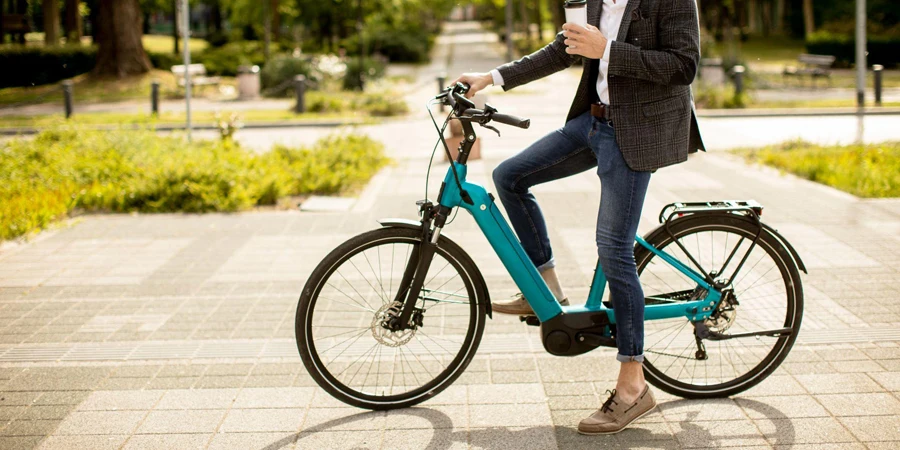Table of Contents
– Introduction
– Electrifying the Market: E-Bike Industry Insights
– Navigating Your E-Bike Purchase: Key Considerations
– Conclusion
Introduction
Selecting the best electric bicycle is an exciting venture. With technological advancements and a focus on sustainable transportation, e-bikes have become popular for commuting and leisure. As countries aim for carbon neutrality and promote eco-friendly transportation, electric bicycles gain more support. In the sports industry, cycling is a top category, with electric bicycles standing out. As online retailers, we should closely follow these trends and seize the opportunities they present.
Electrifying the Market: E-Bike Industry Insights
The global electric bike market size was valued at USD 37.47 billion in 2022 and is projected to grow from USD 43.32 billion in 2023 to USD 119.72 billion by 2030. The market is expected to exhibit a CAGR of 15.6% during the forecast period from 2023 to 2030. Specifically for North America, the e-bike market size is estimated to reach USD 3.45 billion in 2024 and is expected to grow at a CAGR of 16.91% to reach USD 7.54 billion by 2029.
The electric bicycle market features a robust lineup of key players, each contributing to the industry’s growth and innovation. Giants such as Giant Bicycle, renowned for their comprehensive bicycle range including electric variants, and Hero Cycles, among the world’s largest bicycle manufacturers, are at the forefront. Accell Group, with its portfolio of bicycle brands, and Robert Bosch GmbH, a significant automotive supplier that has branched out into electric drive systems for e-bikes, highlight the market’s diversity.
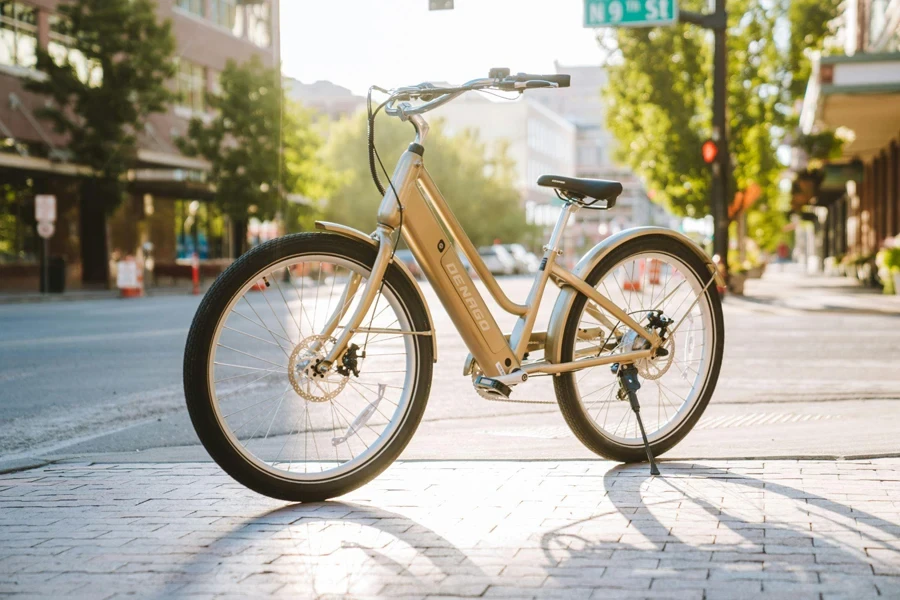
The electric bicycle market’s growth is propelled by significant trends, including the rising adoption of V2X(vehicle-to-everything) connectivity, such as B2V(bicycle-to-vehicle) communication, enhancing safety. The increase in fuel prices has also made e-bikes a popular commuting option, with government support for charging infrastructure and e-bike incentives. Pedal-assist e-bikes lead the market, preferred for their long battery life, low maintenance, and adjustable assistance levels. Lithium-ion batteries are favored for their efficiency and capacity, aligning with government efforts to reduce CO2 emissions and promote green transport through initiatives like bicycle highways and e-bike subsidies.

Challenges like e-bike costs and non-standardized regulations hinder market growth. Yet, the demand for electric mountain bikes (e-MTBs) is rising in Europe, Asia-Oceania, and North America, driven by increased interest in mountain biking and fitness. These elements underscore the market’s capacity for ongoing growth and innovation.
Navigating Your E-Bike Purchase: Key Considerations
Motor Type and Power
When considering the motor type and power for an electric bicycle, it’s essential to understand the two most common types of motors used: brushed and brushless. The choice between these motors and their power output can significantly affect the bike’s performance, especially in terms of power and efficiency, which are crucial for navigating different terrains.
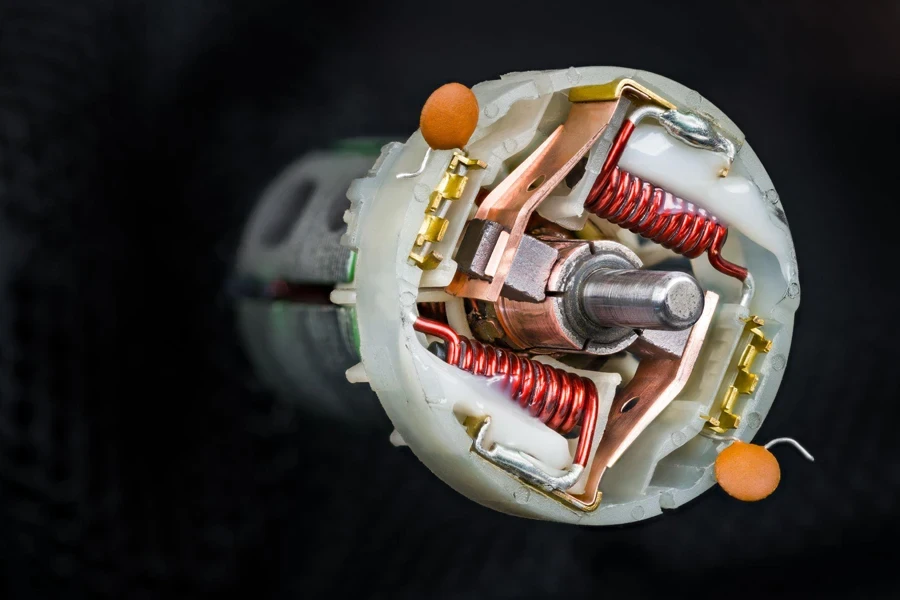
Brushed vs. Brushless Motors
Brushed Motors: These are the traditional motors that have been used in various applications due to their simplicity and low cost. However, they are less efficient than brushless motors, have a shorter lifespan, and require more maintenance because of the brushes that make physical contact with the motor’s spinning part.
Brushless Motors: These motors are more modern and efficient. They offer a longer lifespan and require less maintenance since they do not have brushes that wear out. Brushless motors are typically more expensive but provide better performance, efficiency, and durability, making them a popular choice for electric bicycles.
Power Output
The power output of an electric bicycle’s motor is another critical factor to consider. It is usually measured in watts and can vary significantly between different e-bikes. Legal limits on motor power can affect where the e-bike can be used (e.g., on roads or bike paths) and whether it requires registration or a license. Common power outputs for e-bike motors include:
- 250W: Often found in pedal-assist e-bikes, this power output is suitable for flat terrains and minor hills. It offers a balance between efficiency and power, making it ideal for everyday commuting and leisure rides.
- 500W to 750W: These more powerful motors are suited for more challenging terrains, including steep hills. They provide a significant boost to the rider’s pedal power, making it easier to navigate difficult routes but may consume more battery power.
- Above 750W: Motors with power outputs higher than 750W are usually found in the most powerful e-bikes. They can offer high speeds and tackle almost any terrain but may be classified differently from regular e-bikes in some jurisdictions, facing stricter regulations.
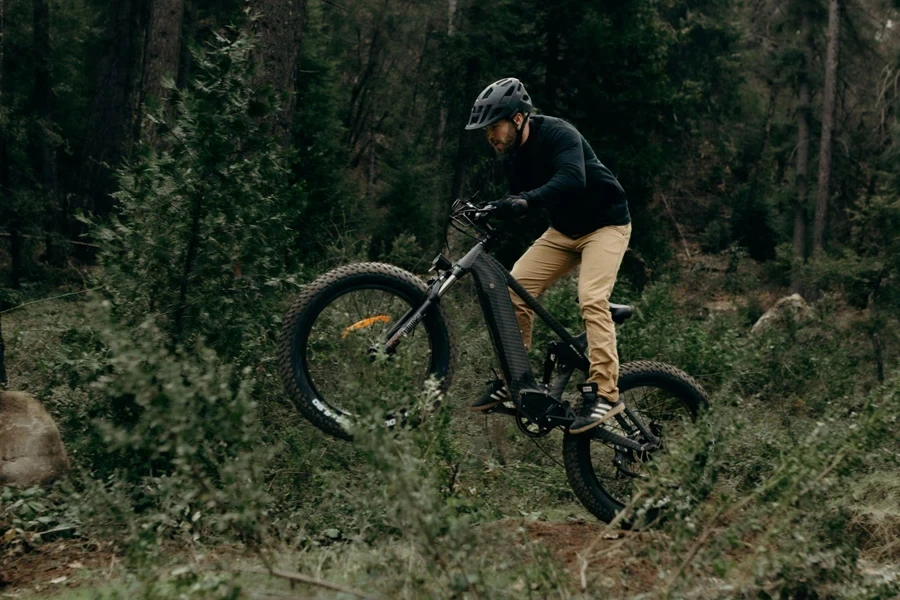
Choosing the Right Motor and Power
When selecting an electric bicycle, consider the type of terrain your customer will be riding on most frequently. For urban commuting on relatively flat streets, a pedal-assist e-bike with a 250W brushless motor might be sufficient, offering a good balance of power and efficiency. If he or she is anticipating facing steep hills or wants the option to ride without pedaling as much, a more powerful motor might be necessary.
Remember, the higher the motor’s power, the quicker the battery may drain, so consider battery capacity and motor efficiency alongside power output. Ultimately, the right balance of motor type and power will depend on consumers’ specific needs, including the terrain, their riding style, and any legal restrictions in the area.
Battery Life and Range
To ensure your e-bike’s battery can support your daily mileage without frequent recharging, consider the following insights from the information on electric bicycles:
E-bikes are powered by rechargeable batteries, including sealed lead-acid (SLA), nickel-cadmium (NiCad), nickel-metal hydride (NiMH), and lithium-ion polymer (Li-ion), each with distinct characteristics. SLA batteries are known for their affordability and reliability but are heavier and have a shorter lifespan. NiCad batteries balance cost and performance, offering high energy density and good performance in cold temperatures, though they require careful maintenance to avoid the memory effect. NiMH batteries store more energy for their size and are less prone to the memory effect but cost more. Li-ion batteries, the most advanced, provide the highest energy density, are lightweight, have a long lifespan, and withstand many charge cycles, but they are the most expensive.
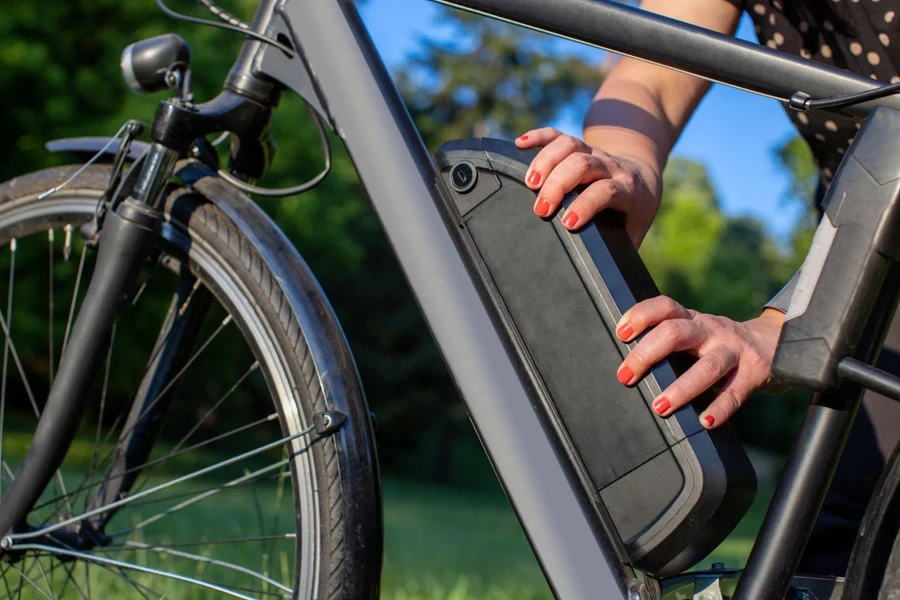
The battery type chosen affects the e-bike’s range, weight, charge capacity, and longevity. The range, or how far an e-bike can travel on a single charge, depends on motor efficiency, battery capacity, driving electronics, the weight of the bike and rider, aerodynamics, and the terrain. Typically, an e-bike can cover 25 to 30 miles (40 to 48 km) at 20 km/h (12 mph) on a full charge, but this varies with terrain and load. Some e-bikes feature regenerative braking systems to enhance range and battery life. This technology recovers energy during braking, storing it for later use, thereby extending the e-bike’s range on a single charge and reducing wear on the brake pads and battery.
Safety Features
Prioritizing safety features on electric bicycles is crucial for a secure riding experience. Key aspects include robust brakes, effective lighting, reflective elements, durable tires, reliable battery systems, and the use of helmets. Brakes are essential for e-bikes, given their heavier weight and higher speeds. Hydraulic disc brakes are recommended for their power and reliability. Ensuring regular maintenance, such as checking brake pads and bleeding the hydraulic system, alongside a motor inhibitor that cuts off power when braking, can significantly enhance safety.
Lighting plays a vital role in visibility. High-powered headlights and tail-lights, powered by the bike’s battery, along with daytime running lights, improve visibility at all times. Reflective elements, like wheel spoke reflectors and helmet lights, further ensure the rider is seen in low-light conditions. Reflective elements are critical for visibility. E-bikes should have front white and rear red reflectors, yellow pedal side reflectors, and side reflectors on the spokes or tires. Riders are also advised to wear reflective clothing to increase visibility to others.

Tires that are puncture-resistant minimize the risk of accidents caused by sudden tire failure, enhancing overall safety. Battery and display safety is paramount, as e-bike batteries pose fire risks. Choosing batteries from reputable manufacturers and ensuring proper maintenance are essential. An LCD display that provides vital information like battery level and speed helps riders make informed decisions. Finally, wearing a quality bike helmet is crucial for head protection. In many places, helmets are mandatory for e-bike riders, especially on faster models or for younger riders. By focusing on these safety features, riders can enjoy a safer e-bike experience, minimizing risks and enhancing enjoyment on the road.
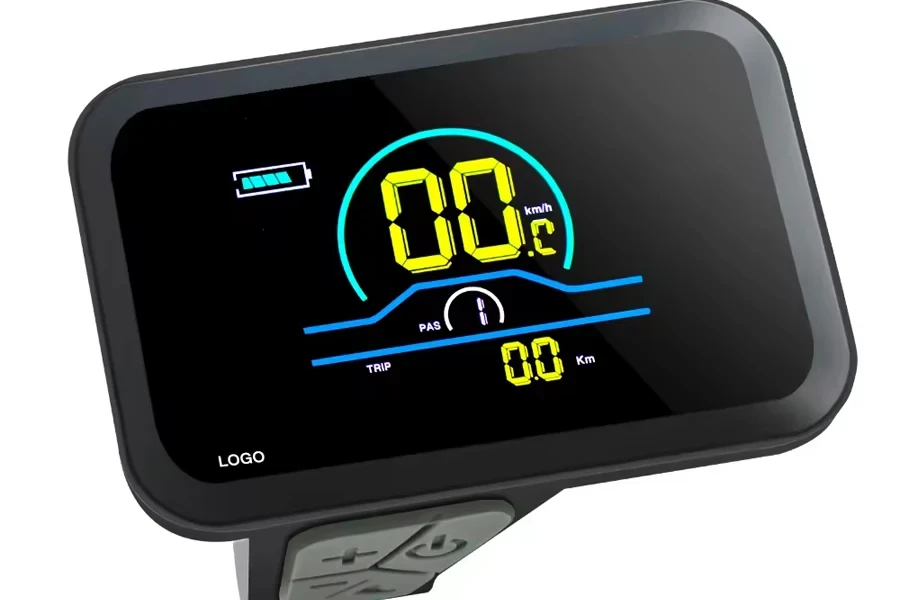
Frame and Design
E-bikes are available in a range of designs to suit various styles and comfort preferences. Some models resemble traditional bicycles, integrating motors in a way that preserves the classic look while adding modern functionality. These often include discreetly housed batteries to maintain a sleek appearance.
Other e-bikes adopt a more robust aesthetic, similar to low-capacity motorcycles, equipped with features like enhanced motors, plastic cladding, and additional lights for a contemporary feel. These designs not only fulfill practical needs but also appeal to those seeking a distinctive look. Electric cargo bikes cater to practicality, designed to transport heavy loads efficiently. With larger frames and extra storage, they’re perfect for carrying goods or children, blending utility with electric assistance.
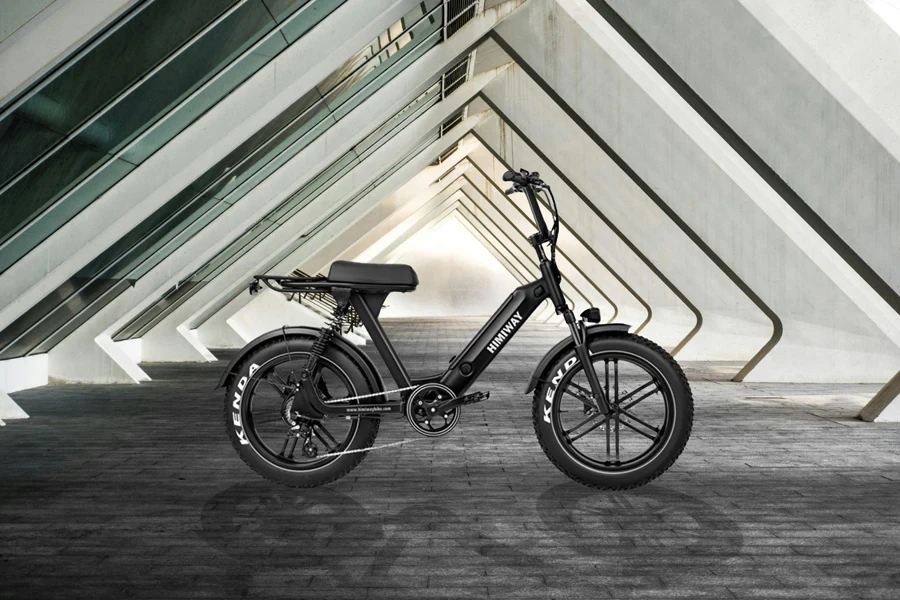
The market also provides customizable options, such as electric pusher trailers and conversion kits, offering flexibility in incorporating electric power into your ride. Whether you’re after a bike that fits seamlessly with traditional cycling or one that stands out for its innovation, there’s an e-bike setup to match consumer preferences.
Conclusion
Choosing the right electric bicycle is about finding the perfect match for your lifestyle and riding habits. By considering the market trends and detailed selection criteria, you can help your customers lock their ideal e-bikes. You can hit the “Subscribe” button to continue following the other articles on Sports. We’ll try our best to provide you with the most beneficial advice.
